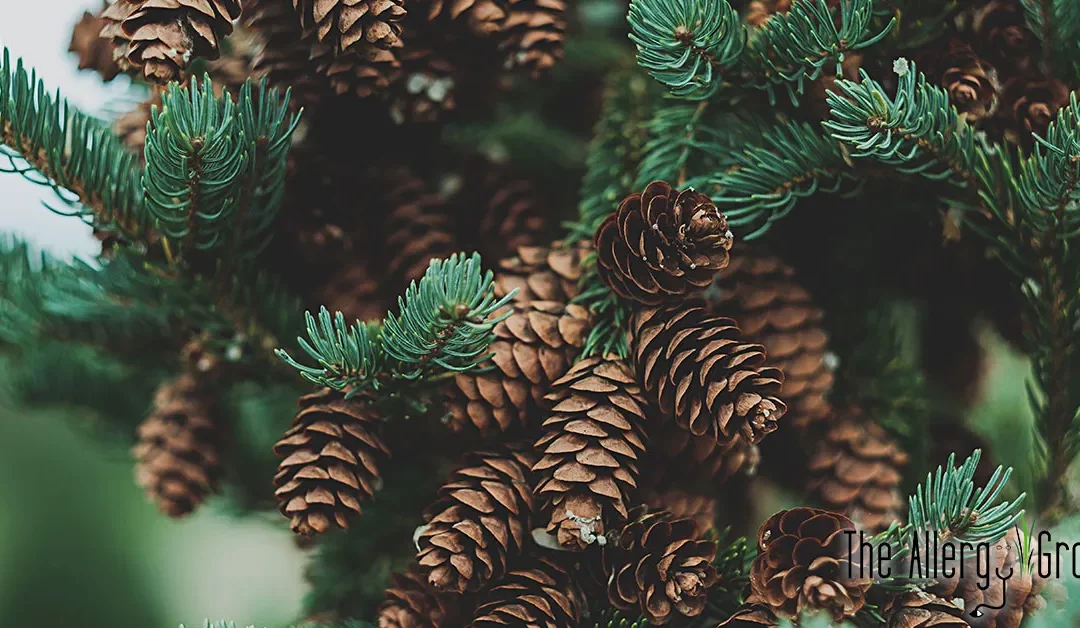BOISE, Idaho (CBS 2) — In the City of Trees, trees are the pollen problem, specifically pine trees.
“That’s a large pollen so you can see it visually a lot,” said certified pollen counter, Brianne Ayers.
And, part of Ayers’ job is to look at pollen. She’s been counting pollen in the Treasure Valley for only a few years. But, she says she’s noticed something interesting.
“It is trending higher and higher every year from what current research shows,” Ayers said.
The Allergy Group in Boise helps Ayers do that research using a special device that collects pollen from the air. She posts her findings here.
“Here at St. Luke’s Meridian, we have a pollen collection device called a Rotorod,” Ayers said. “On the ends are silicone coated rods that spin, spin ten seconds every minute. And, it collects pollen while it spins and it has a vacuum-type response to it.”
Ayers says she tries to visit the device twice a week to collect samples.
“Then we take the samples back to the clinic, put it under the microscope, stain it and identify the pollen,” Ayers said.
She says the samples are made up of multiple different pollens like juniper, ash, walnut, and mulberry.
But, one pollen stands out. Monday’s sample showed 98 individual pine pollens. Ayers says this time two years ago, the pine pollen count was less than half that number.
And, Ayers says she sees the pollen’s effect on her patients at the Allergy Group.
“A lot of nasal congestion, sneezing, itchy eyes, swelling in the eyes, sinus cavity,” Ayers said. “Just miserable.”
Ayers says she doesn’t see things getting better for future seasons.
“The weather is getting warmer, so we’re seeing higher counts of pollen, we’re seeing a larger geographic distribution,” Ayers said.
Ayers says the rain in the next few days should help knock down the pollen, temporarily.
She says the rain will also fuel the trees and help them continue to produce more pollen.


